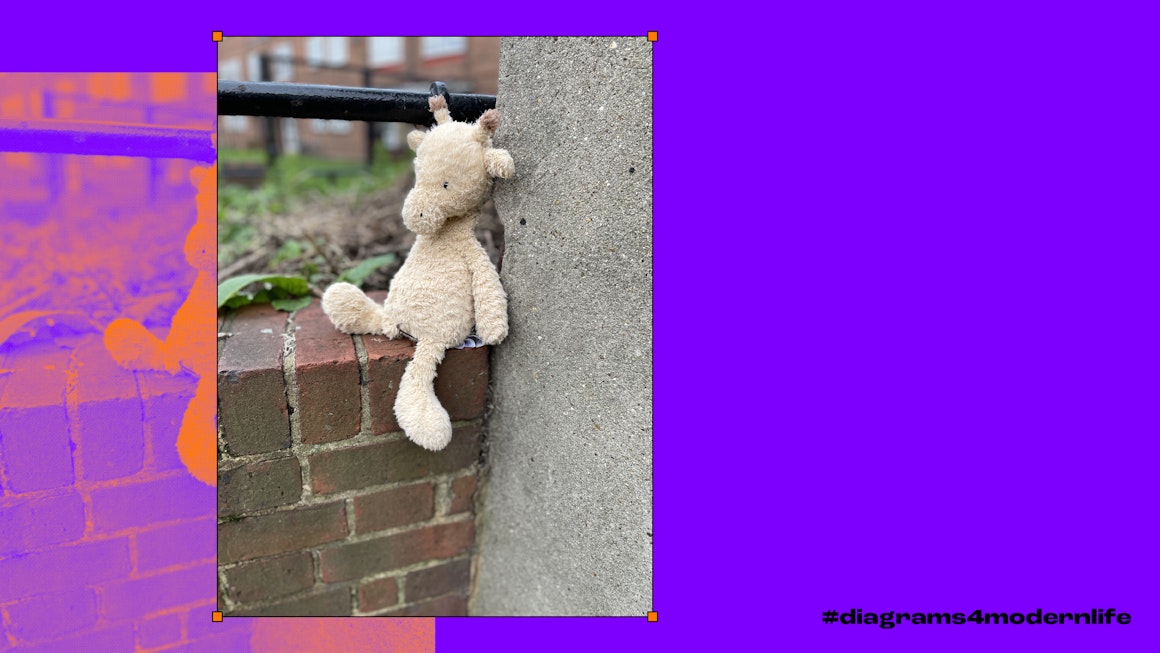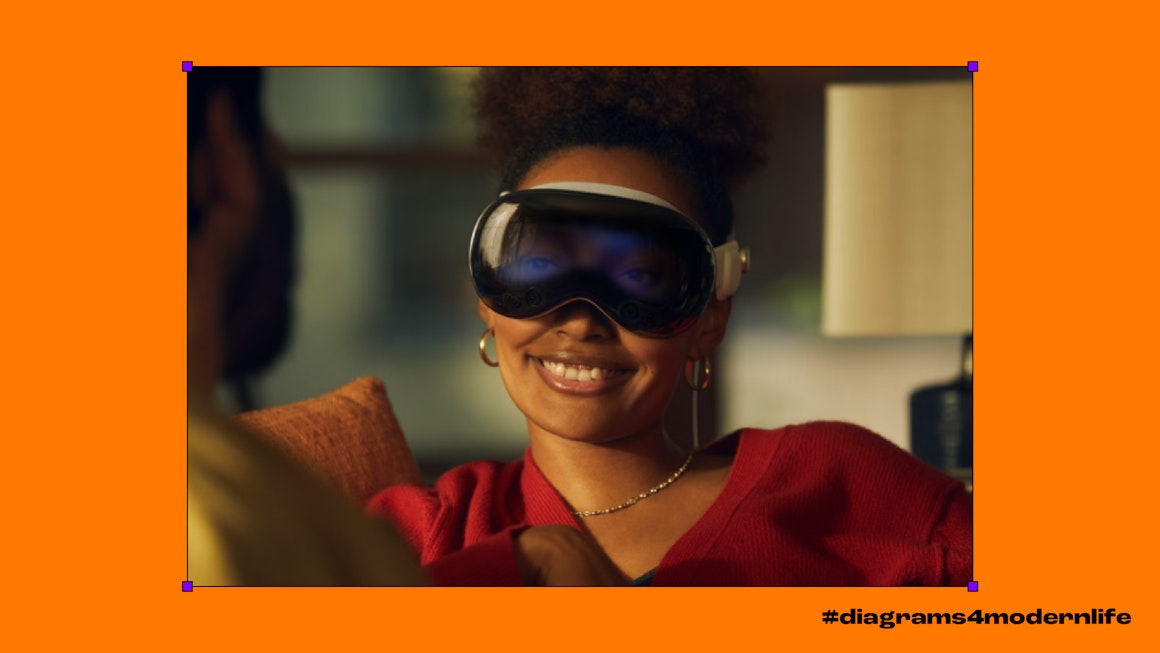#5 Diagrams for Modern Life — Uncanny Valley
Founder / Creative Director
@11:00, 05.03.2024

I bought some books recently and they came wrapped in brown paper with big friendly eyes. It immediately made me:
1. Lock the bookshop’s name into my head (Counter-print)
2. Feel good about the purchase
3. Buy more books
Why?
There’s a part of our brain called the Fusiform Face area that we use to recognise faces. We’re social animals and it’s how we identify friends and foes and why we have stronger empathy towards things with facial features - with cuddly toys. It’s also why brands with mascots tend to have higher recall (meerkats, Go Compare’s opera singer, The Michelin man, Kellog’s rooster - every Olympic Games). The movie Castaway has two main characters, Tom Hanks as a marooned Fedex employee and a basketball with some eyes drawn on it, called Wilson. Can you remember the name of Tom Hanks' character?
Hayao Miyazak, the director of Spirited Away and Howl’s Moving Castle, is a master of making us empathise with abstract shapes like fires and rocks. Adding an eye or a voice to basic geometric shapes gives them character and makes us engage with them, love them or fear them. Think Wall E and R2D2 (friendly) or HAL and GLaDOS (sinister). When you switched on the first iMac it said hello. And saved Apple. Standing in front of Antony Gormley’s FIELD, with its thousands of figures made from crude lumps of clay with only thumbprints for eyes, is incredibly powerful.
But there's a point at which giving something human character repulses us. It’s called the Uncanny Valley. Robotics professor Masahiro Mori first introduced the concept in 1970 and it elegantly describes why we feel sympathy for a lost cuddly toy but get an eerie sensation when you see a digital substitute (or de-aged) version of a human actor in a movie (i.e. Harrison Ford in the most recent Indiana Jones movie).


Zombies, creepy dolls and (potentially) Apple's VisionPro reside in the Uncanny Valley. Where zombies and lifelike dolls are outright scary, the ‘not quite real’ eyes of the wearer looking out from the Vision Pro visor are just a little eerie. Given how excellent some of the Vision Pro’s AR apps are (Eg. learning the piano by following a master's hands across your keyboard) it is unlikely to fail - but will the uncanny valley mean people will unconsciously reject them enough to be a drag on sales?
I heard a great conspiracy theory the other day. The reason for the Kardashian Effect (where social media influencers are increasingly looking the same) is so that our brains can adapt to more homogenised looking representations of people - which makes it easy for us to accept AI generated characters. The recent actors strikes in Hollywood largely revolved around use of AI - to reproduce and replace real actors. SORA - Open AIs new generative video tool, when shown to Tyler Perry, caused him to cancel an $800m studio complex he was about to build.

It is much more likely that people are looking similar on social media because they are using the same editing apps and filters to look like celebrities and each other (we all have a powerful drive for social acceptance). But as robotics and digital characters replace real humans, the edges of the Uncanny Valley are going to be shifted. Just as paintings and sculptures changed ideas of beauty during the renaissance, what was uncanny and eerie may soon become desirable and aspirational.
